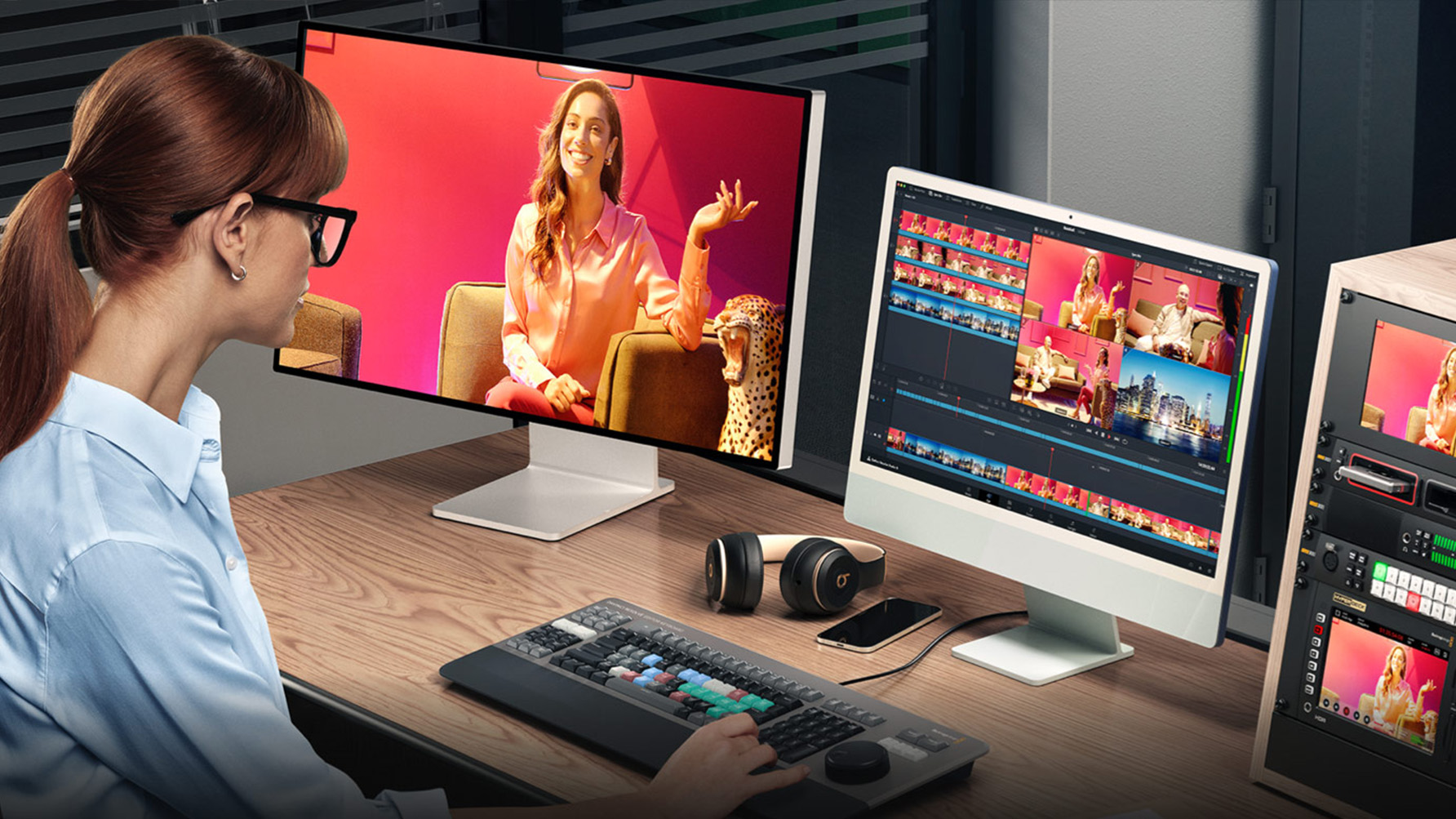10-bit vs 8-bit video? What are they, and is there a real difference?
8-bit video capture is the basic option, so what’s different about 10-bit video and why would you need it?

Video file formats and settings can be pretty complicated, and it’s all about trading off file sizes against quality. 8-bit video capture keeps file sizes smaller and is pretty much a universal common denominator that every device can capture, edit and play back. So why do the best hybrid cameras offer 10-bit video as a higher-quality option and what does it let you do?
If you’re approaching this from the perspective of stills photography, you could say that regular 8-bit video is like shooting JPEGs (which are also 8-bit). If you’re not going to do any serious editing work later, this is fine. There’s enough color depth in 8-bit photos (and video) to render perfectly smooth, continuous tones.
But what happens if you want to do any substantial editing (color grading) later? Just like 8-bit JPEGs, 8-bit video can stand a little adjustment to the contrast and colors, but if you push it too far then you can start to see coarseness, banding and posterization in tonal gradations that should be smooth. The colors and shades are fine until you start pushing them apart. This is when you get histogram ‘combing’, where instead of a smooth histogram curve, you start getting gaps, like the teeth of a comb.
The limited color depth of 8-bit video really becomes an issue, though, if you want to use log profiles to capture a wider dynamic range. The whole point of log video is that you then use color grading tools in your video editor to selectively expand the extended tonal range with contrast and saturation adjustments. Here, the limited color depth of 8-bit video can really show up, and many videographers would say that there’s no point shooting in log if you’re not capturing 10-bit video.
As it happens, most hybrid cameras can now shoot 10-bit video as well as 8-bit, and many offer log profiles for capturing higher dynamic ranges. There’s probably little point in shooting 10-bit video if you’re going to be using ungraded video straight from the camera because you’re unlikely to see much difference, but if you’re using a log profile then you should be switching to 10-bit capture.
8-bit vs 10-bit is only one of MANY settings choices you need to make for video capture, but if you’re going to do any serious color grading later, the bit depth is an important one. It’s also available on most good hybrid cameras and many of the best vlogging cameras.
Above: this B&H video explains more about the differences between 8-bit and 10-bit color depth in video
The best camera deals, reviews, product advice, and unmissable photography news, direct to your inbox!

Rod is an independent photography journalist and editor, and a long-standing Digital Camera World contributor, having previously worked as DCW's Group Reviews editor. Before that he has been technique editor on N-Photo, Head of Testing for the photography division and Camera Channel editor on TechRadar, as well as contributing to many other publications. He has been writing about photography technique, photo editing and digital cameras since they first appeared, and before that began his career writing about film photography. He has used and reviewed practically every interchangeable lens camera launched in the past 20 years, from entry-level DSLRs to medium format cameras, together with lenses, tripods, gimbals, light meters, camera bags and more. Rod has his own camera gear blog at fotovolo.com but also writes about photo-editing applications and techniques at lifeafterphotoshop.com
You must confirm your public display name before commenting
Please logout and then login again, you will then be prompted to enter your display name.

